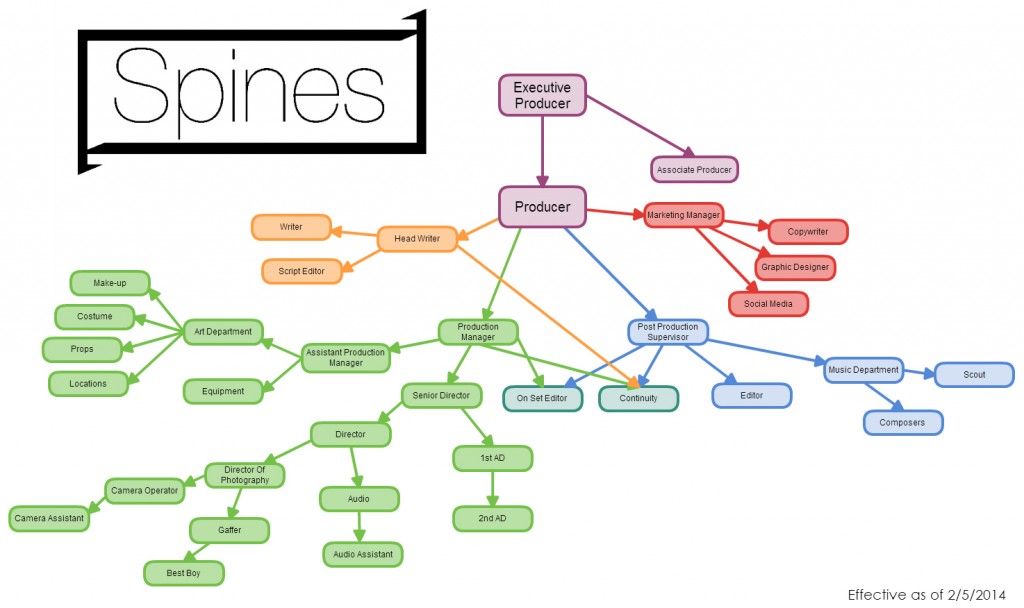I remember really liking this lecture, but I don’t remember why. My memory is really bad.
One thing I recall is the concept of dumbing down the greater aspects of the scenes for the actors. This is interesting to me, since I’m someone who loves a story and couldn’t imagine even trying to act without knowing everything there is to know about a character and his journey.
Not that I ever want to act.
Or maybe I do. I don’t really know. The practice intrigues me to some level, and probably more so than directing. I’ve been directing a little bit after this lecture, and I did take on some of the advice from this lecture, not so much in the way I actively direct, but more in the way I treat actors.
I mean, an actor is the face of the film. The person behind the camera could be anyone, and while we can’t exactly throw that person out a window and keep going, there will be a far more noticeable and unfixable change if we threw out the actor. Likewise, if the actor walked out. And the tone of the film and the quality of the performance is dependent on the mood of the actor of the time, meaning that we have to cater to them in some way, all the time. We need to be honest, but kind, and we can’t just assume that they’ll know exactly what we want right off the bat.
Acting is a difficult trade, probably – in my opinion – a more refined craft than directing. It’s one thing to tell someone how to act, another to do it. I think part of being a good director is understanding how to tell the actors what you want them to do, and part of that is understanding the practice of acting.

